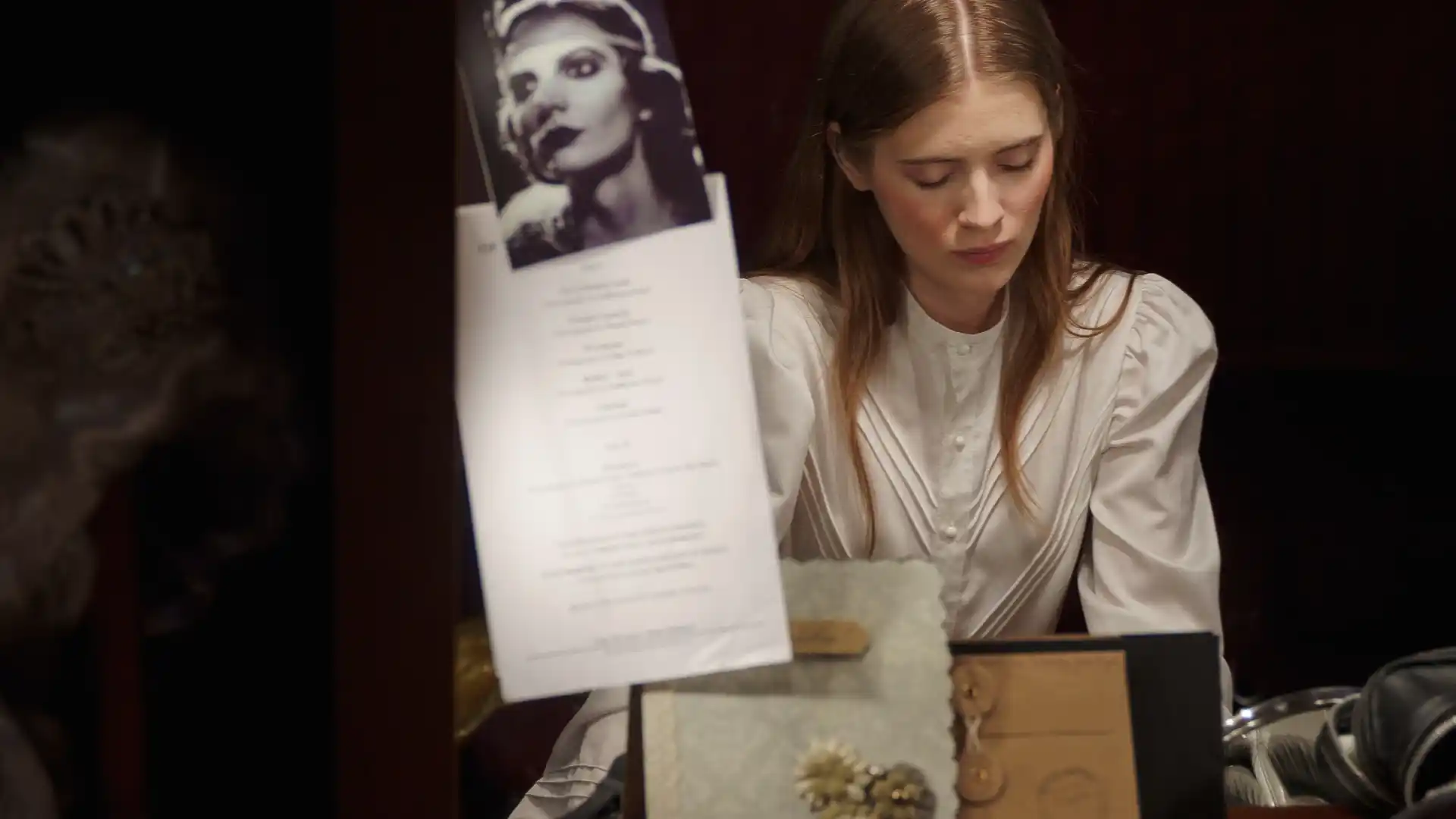Origins of New Wave Music
New wave music emerged as a vibrant and influential genre during the late 1970s and early 1980s, captivating audiences with its fresh sound and innovative approach. Combining elements of punk rock, electronic music, and pop, new wave music pushed boundaries and paved the way for future musical movements. To truly understand new wave music, we must explore its roots. The genre emerged as a response to the punk rock movement that dominated the late 1970s. While punk rock was known for its raw and aggressive sound, new wave music sought to incorporate more diverse musical elements, including synthesizers and electronic instruments. This fusion of punk rock energy and electronic experimentation gave birth to the distinct sound of new wave music.
Characteristics of New Wave Music
New wave music is characterized by its catchy melodies, energetic rhythms, and eclectic instrumentation. It often features synthesizers, drum machines, and electronic effects, creating a futuristic and avant-garde sound. The lyrics of new wave songs often explore themes of love, relationships, and societal issues, reflecting the cultural and political climate of the time. Additionally, new wave music embraced a more polished and commercial sound compared to the rawness of punk rock, making it accessible to a wider audience.
Noteworthy Artists of New Wave Music
Many talented artists emerged during the new wave music era, leaving an indelible mark on the genre and popular culture as a whole:
- Blondie: Known for their blend of new wave, punk rock, and pop, Blondie achieved major success with hits like “Heart of Glass” and “Call Me.” Lead singer Debbie Harry became an iconic figure in the music industry, known for her distinctive vocals and punk-inspired fashion sense.
- The Police: This British trio, fronted by the charismatic Sting, combined reggae, punk, and new wave influences to create a unique sound. Songs like “Roxanne” and “Every Breath You Take” became timeless classics, solidifying The Police as one of the most successful new wave bands.
- Talking Heads: With their quirky lyrics, innovative soundscapes, and charismatic frontman David Byrne, Talking Heads pushed the boundaries of new wave music. Hits like “Once in a Lifetime” and “Burning Down the House” showcased their distinctive blend of art rock, funk, and new wave.
- The Cure: Known for their atmospheric and melancholic sound, The Cure became synonymous with gothic new wave. Songs like “Just Like Heaven” and “Friday I’m in Love” showcased their ability to blend catchy melodies with introspective lyrics.
- Devo: Recognized for their eccentric outfits and robotic stage presence, Devo combined new wave, punk, and electronic elements. Their hit single “Whip It” became an anthem of the era, showcasing their quirky and irreverent style.
Exploring the Influence of New Wave Music
The impact of new wave music extends far beyond its era. Its fusion of diverse musical styles and willingness to experiment laid the foundation for future genres such as synthpop, alternative rock, and even electronic dance music. Artists like Madonna, Duran Duran, and The Killers have all cited new wave music as a significant influence on their own musical journeys.
Key Takeaways:
- New wave music emerged as a vibrant and influential genre during the late 1970s and early 1980s, combining elements of punk rock, electronic music, and pop.
- The genre’s origins can be traced back to a response to the rawness of punk rock, with new wave music incorporating more diverse musical elements, including synthesizers and electronic instruments.
- New wave music is characterized by its catchy melodies, energetic rhythms, and eclectic instrumentation, often featuring synthesizers, drum machines, and electronic effects.
- Noteworthy artists of the new wave music era include Blondie, The Police, Talking Heads, The Cure, and Devo, each leaving an indelible mark on the genre and popular culture.
- The influence of new wave music extends beyond its era, laying the foundation for future genres like synthpop and alternative rock, with artists such as Madonna and Duran Duran citing new wave as a significant influence.
- The fashion and visual aesthetics associated with new wave music were equally influential, setting new trends in the fashion industry with bold and avant-garde choices.
To further explore the captivating world of new wave music and gain a deeper understanding of the music industry, consider taking the “NYU x Billboard | Music Industry Essentials” online course and certificate program offered by Yellowbrick. This comprehensive program will provide you with valuable knowledge and insights into the industry, helping you pursue a career in music. Don’t miss this opportunity to expand your horizons and unlock your potential in the dynamic world of music.








